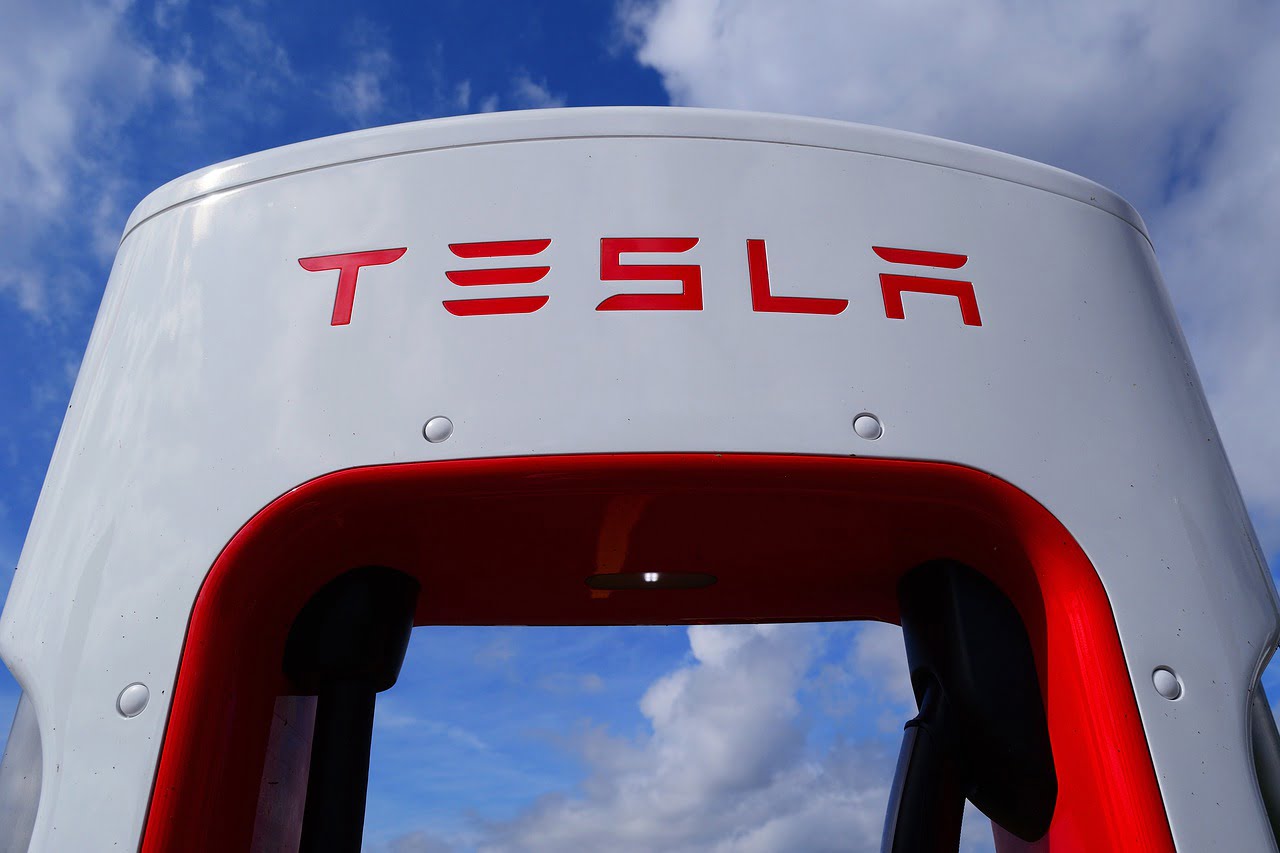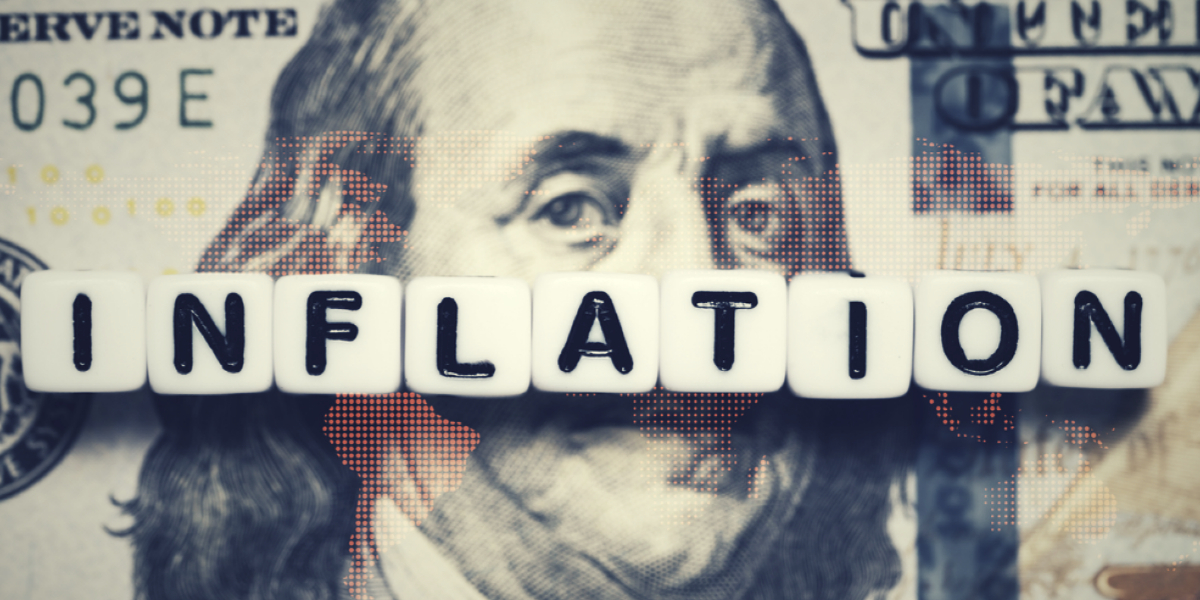Tesla (NASDAQ:TSLA) continues to rely on a number of factors along with credits to maintain its profitability.
The company made a net profit of $721 million in 2020, but it sold $1.58 billion in credits which were clearly distorting the bottom line. In 2019 the company lost $816 million while selling $594 million in credit sales. For the first quarter, it sold $612 million in credits, up over a 100% y-o-y. The average cost of making a Tesla currently stands at $36,000. Compared to the average selling price, which is $50-53,000 dollars. The reality is margins are increasingly coming under pressure, and while Tesla has raised prices to offset increasing costs in the short run, it faces a problem balancing demand and price in the longer term. The increase in prices improved gross margins y-o-y from 26% to 32.9% and pushed operating margins up to 19%, a record high among OEMs. Questions remain as to whether the margins are sustainable.
Q2 2022 hedge fund letters, conferences and more
Find A Qualified Financial Advisor
Finding a qualified financial advisor doesn't have to be hard. SmartAsset's free tool matches you with up to 3 fiduciary financial advisors in your area in 5 minutes. Each advisor has been vetted by SmartAsset and is held to a fiduciary standard to act in your best interests. If you're ready to be matched with local advisors that can help you achieve your financial goals, get started now.
Multiple questions remain as to whether Tesla can sustain its current position, as the environment for the EV industry drastically changes in the next few years?
Labor and supply chain costs are increasing
What’s important to note is that one of the biggest worries about Tesla’s profitability is its cost of labor. Labor costs currently account for around 4-5% of total revenue. In order to keep up with demand, Tesla has increased the number of workers over the past couple of years, but had to lay off 10,000 workers recently to rein in costs. Although these cuts were mostly for white-collar workers, blue-collar worker costs continue to rise as a shortage of blue-collar workers in the economy forces wages up. Tesla is less likely to fire its blue-collar workers since they remain essential to the company's setup.
Similarly, the cost of the supply chain continues to rise as well. Thus, putting pressure on Tesla, but how long can it sustain this trend without increasing prices further? And if were to increase prices will customers look for alternative options?
Customers are losing purchasing power
Consumers continue to face falling purchasing power as inflation weighs on people’s pockets. Tesla has always been seen as a premium product so it may be able to sustain price increases in the short term, but how long will consumers continue to buy Tesla if there are alternatives that offer a better deal? We have already witnessed models such as the Ford Mustang gaining significant market share as consumers look for more reasonably priced cars. Furthermore, only about 13% of Americans are considering buying an electric vehicle despite higher gas prices.
Tesla's autonomous vehicles are not ready
Additionally, Tesla is relying increasingly on the prospect of being driverless to justify a premium price on its vehicles. But as we take a closer look, Tesla includes data from its car owners justifying the total amount of driving time for its autonomous vehicle, which has led to an overestimate of autonomous readiness. In my opinion, we are still years away from a level 5 autonomous vehicle. Right now Tesla is about a level four.
According to a research report by Navigant, we seem to be increasingly moving towards a mid-2020 timeline for fully automated vehicles, and even that seems unlikely now as the technology continues to show a lot of setbacks. The top four companies are the ones that have conducted high levels of on-road testing, but almost all still use a safety operator during their tests. And according to these rankings, Tesla is not even in the top 10 in terms of readiness. Despite being behind its consumers, Tesla continues to trade at a premium to its peers on the account of its driverless technology. Things are not as they seem despite management's lofty claims about being autonomous, the reality is quite different. While Tesla may be ready to claim a level 5 autonomous vehicle, there are doubts as to whether regulators are anywhere near giving it the green light.
Tesla's profitability
In a scenario where Tesla’s market share falls to 20-25%, revenue projections for Tesla in 2024 could be around $70-85 billion. That would translate to 62% higher revenue in 2021 revenue. Such a slowdown would translate into Tesla’s stock coming under pressure, as current valuations project a much higher rate of growth. Secondly, margins have likely topped out, Tesla’s one-off price increase is unlikely to be repeated anytime soon, so margins should reverse back to more reasonable levels in the near future. Assuming margins reverse to more normal levels of around 14%, which would be significantly higher than your average OEM, and higher than that of luxury car makers such as BMW.
Therefore, the 2024 forward P/E would be around 66x. If the market share were to fall to 10% by 2025 forward P/E would be around 50. The average automaker stock trades at 8-9 P/E, to justify a valuation that is 5x the competition requires a significant competitive advantage, which Tesla does not likely have.
Can Tesla justify such high valuations once the number of models on the market and competition normalizes? That's unlikely. Therefore, risks to Tesla’s stock remain. While it may not witness a significant correction, long-term underperformance could be an issue. Buyers of Tesla’s stock should be aware of its issues if they decide to buy the stock.
Tesla is a part of the Entrepreneur Index, which tracks some of the largest publicly traded companies founded and run by entrepreneurs.
Article by Parth Pala, MarketBeat






